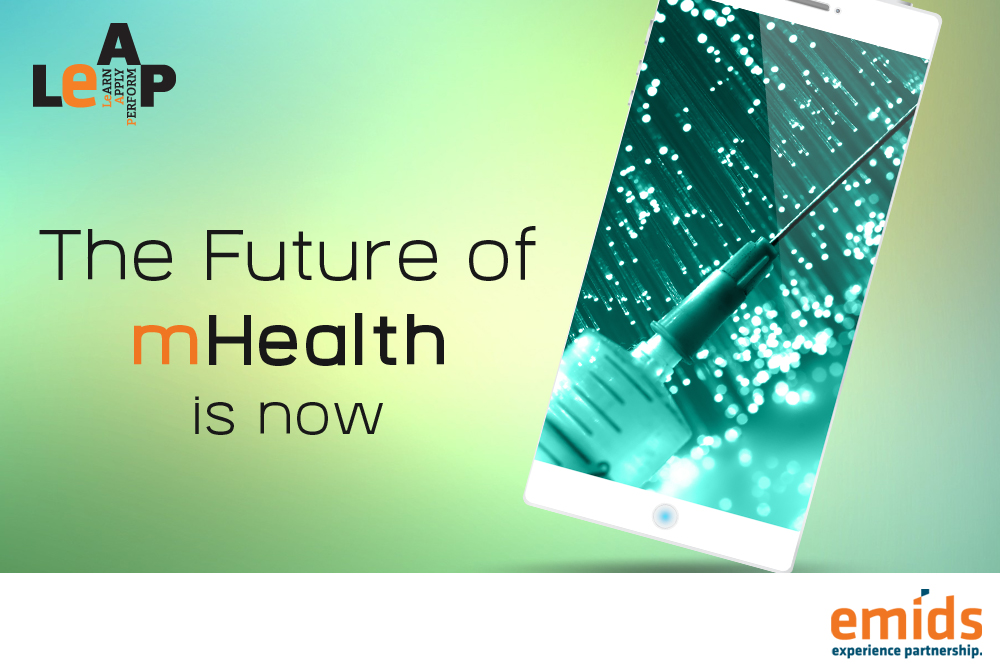A new concept of walk-in clinics has entered the arena, one that makes use of mobile phones and communication devices to educate consumers about preventive health care services. This new phenomenon is known as mobile healthcare or plainly, mHealth. It is soon becoming a popular option in underserved areas where there is a large population and widespread mobile phone usage. Apart from educating consumers, mHealth is also used for disease surveillance, treatment support, epidemic outbreak tracking and chronic disease management.
Owing to the presence of converged digital technologies such as virtualization, mobile and cloud, patient care is being revolutionized in the sense that regardless of location, healthcare practitioners can instantly access Electronic Health Records for better diagnoses and close collaboration across departments or geographies. Along with amazing reachability, it also provides the ability to collaborate with a host of healthcare professionals, thus giving a holistic approach for the patient in addition to lowering costs.
According to a recent Enterprise Management Associates (EMA) Healthcare IT survey, this trend is not going away anytime soon. In fact, it seems the healthcare industry is well on its way to achieving greater mobility. By 2020, it is projected that 80% of healthcare data will pass through the cloud at some point, and 65 percent of consumer transactions with healthcare organizations will be mobile by 2018. This new era of the consumerism of healthcare is the product of dramatic spikes in insurance out-of-pocket costs and the drive towards value-based care during the recent years. Thus, It is safe to say that a large number of patients, especially aging baby boomers, are more inclined to using non-hospital providers as they are familiar with technology and mainly cognizant about costs.
Even though Mobile technology is arguably the greatest accelerator in transforming medical practices and the engagement between providers and patients, we must also be keenly aware of the dependency of medical practitioners’ ability to deliver excellent patient care. Also, in an industry such as Healthcare, it is critical to provide optimum mobile performance as it can literally mean the difference between life and death. A good example would be, a home bound healthcare provider not being able to properly treat his/her patient because the patient’s records are inaccessible. The only way to avoid such mobile related disruptions is to monitor the end users’ experience with the technology. By doing so, healthcare IT professionals can proactively identify and fix potential issues before they negatively impact patient care.
To fully embrace the promise of mobile healthcare, it is imperative to assure the reliability and quality of the entire range of applications relied upon by medical staff, as experienced by the practitioners themselves. In doing so, the vision of a user-centric, proactive mobile healthcare will be fulfilled.








